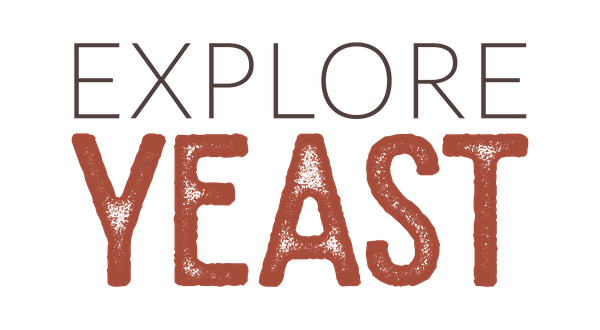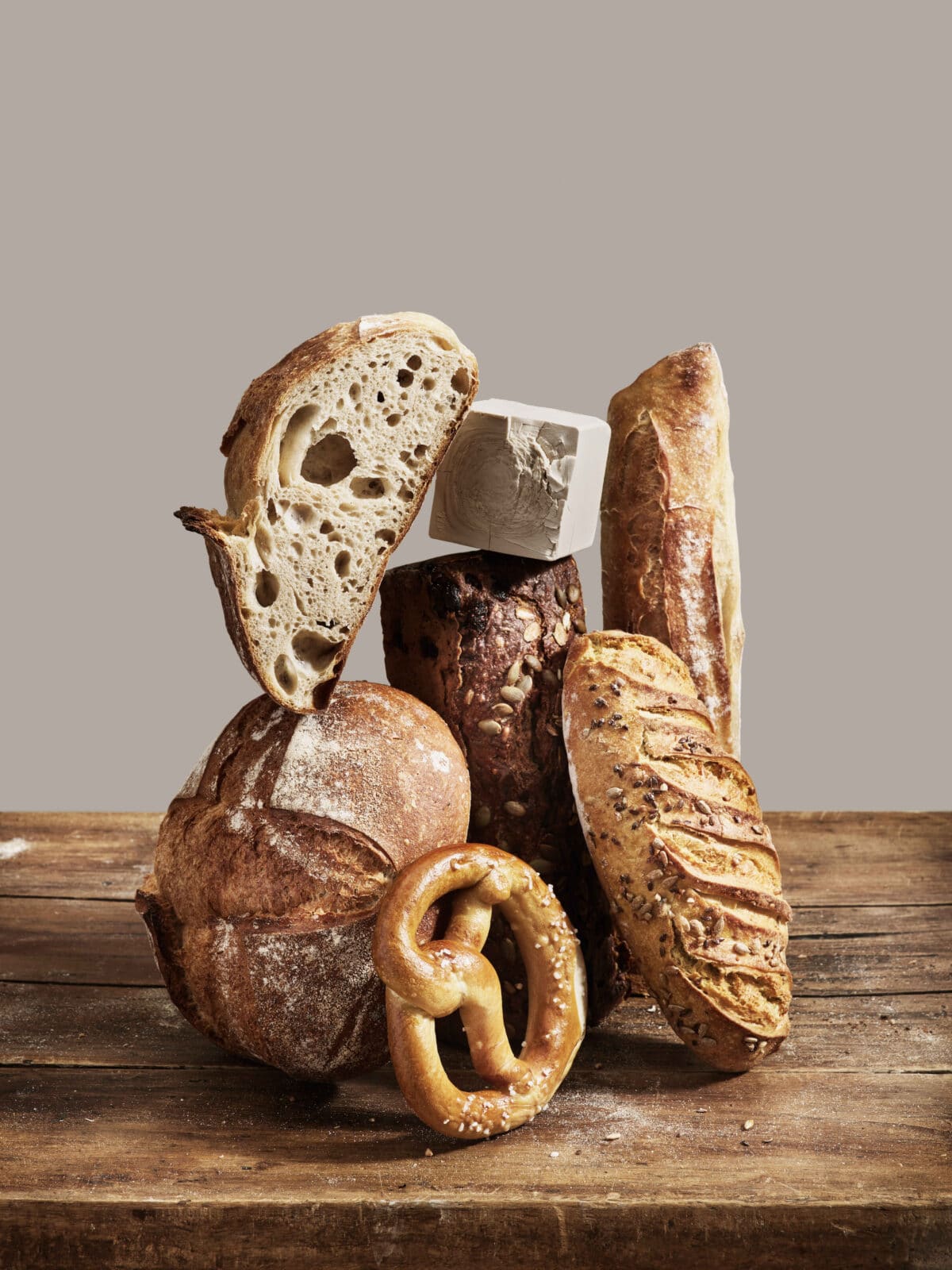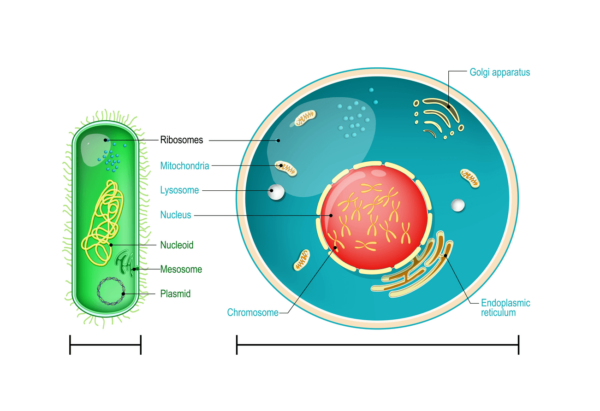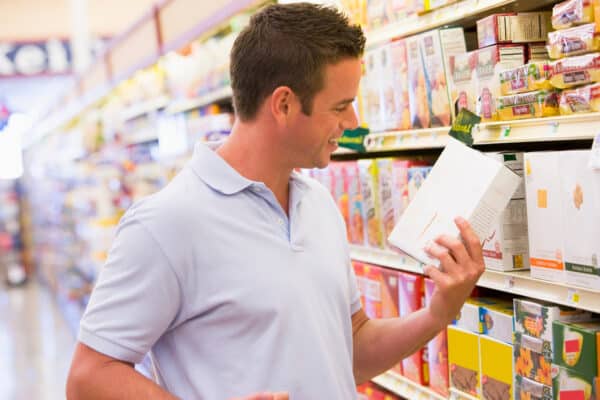The true story of yeast
New research suggests the use of organisms for fermentation could have come as early as a million years ago when early hominins possibly fermented fruits using yeast.1
The earliest known records of yeast being used for more traditional uses such as baking bread comes from Ancient Egypt in 1300–1500 BCE2 and China in 500–300 BC3. While yeast’s use in beer brewing and wine making has been observed in Sumeria, Babylonia, and present-day Georgia as far back as around 6000 BCE4.
In this context though researchers believe that the use of yeast for grain fermentation, including that associated with bread making is much older than those dates based on archaeological data5. It is noteworthy that recent genomic evidence indicates that the recognized beer and bread yeast, S. cerevisiae, originated in China before moving west 16–14 tya via the route which would later become known as the Silk Road6.
Therefore, yeast’s relationship with humans can be seen as one of humanity’s oldest friends and can consequently probably be considered the oldest domesticated organism7.
Yeast Spreads Across the World
Historians posit that understanding of these fermentation and baking methods passed from Egypt and Babylon to ancient Greece and ancient Jewish cultures8. From Greece, historians believe that the knowledge passed to Rome. Pliny the Elder records that professional bakers did not appear in Rome until 168 BCE, after a war with King Perseus9. By this time yeast was widely known and used across the world for food and drink.
First Microscopic Evidence of Yeast
We owe the first description of the microscopic appearance of yeast to Anton van Leeuwenhoek in 1680, who was also responsible for observing bacteria and other small organisms for the first time. However, the word “yeast” as we know it today was not associated with fermentation until 1859, when J. H. van den Broek, working in Utrecht, Netherlands, identified vegetative cells that existed and replicated in fermenting forms, which he dubbed “yeast”.10,11 Before this the word was largely associated with where yeast could be found (in the foam) as the Late Old English gist, a cognate to the Middle German words gest, meaning dregs or dirt, and jest, meaning foam.12
Thanks Pasteur!
The history of yeast took a decisive turn in 1857 when Louis Pasteur discovered the fermentation process. Relive this small nineteenth-century revolution! Pasteur believed that the agents responsible for fermentation were yeasts. He established the key role of yeast as the microorganism responsible for alcoholic fermentation. He unveiled these mysteries by proving that the yeast cell can live with or without oxygen. Pasteur understood very early on that yeast was indispensable for forming bread’s aromas and flavors. Baker’s yeast, Saccharomyces cerevisiae, has imposed itself, throughout history and worldwide, as the best way to make the dough rise.
First Commercial Production of Yeast
While up to this point professional bakers and brewers were using yeast for their products, the first commercial production of yeast, or growing of yeast for the explicit purpose of selling it, arose only in the 1700s. This was different however from modern pure culture production, and instead was more of an art as these commercial producers were largely trying to support a large colony of fermenting yeast in dough or hops for use primarily in brewing rather than baking13. Prior to the introduction of these “commercial” yeasts, the primary yeast source for bakers and others was the yeasty foam collected from completed beer fermentation, which were sold by breweries14. In the 1780s and 1790s, the development of compressed yeast began to appear in England, Germany, and Netherlands.15
In addition to compressed yeast, documents from 1771 suggest a simple drying method used for yeast, which required mixing yeast and wood ash together before placing it in the sun to dry further16. This dried yeast was first sold commercially in Vienna in 1822. Other preservation methods for yeast included bottling yeast, covering the yeast with oil, and burying it several feet underground to keep it cool.17
First Patents for Yeast
The first known patent that followed Pasteur’s insistence on the sterility of both media and equipment was in 1891, by Alfred Jörgensen and Axel Bergh, in Sweden. With superior aeration methods and the invention of centrifuges, which replaced filters, increased production capability was possible by the early 1900s.19,20 This, in turn, facilitated the development of the commercial baking industry, and by the 1920s commercial yeast as we know it today had been born.21
The future of Yeast
By May 1996, the first complete genome sequence of a eukaryote, the yeast Saccharomyces cerevisiae, was obtained. At that time, it was the largest genome sequenced to date. It contains just over 12 million base pairs packaged in 16 chromosomes. Yeast has approximately 6,000 genes in all and roughly a third of these genes are related to human genes. These genes have survived with relatively little alteration over the one billion years of evolution that separate humans and yeast. Yeast, once used only for baking in brewing, is now giving us new insights into our very own existence.
It is no wonder that yeast has played such a fundamental role in human society since ancient times as we now know we may have a lot more in common with yeast than we could have ever imagined. And just like humans’ yeast’s potential continues to grow and will continue to benefit humankind, hopefully for the next 5,000 years to come.




